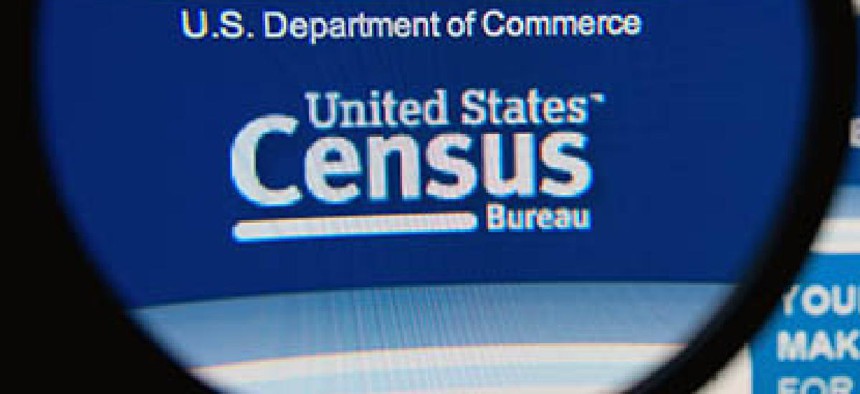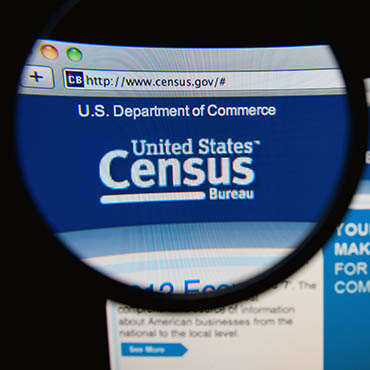GAO doesn't trust 2020 census financials

The federal watchdog warns in a new report that the Census Bureau's $12.5 billion price tag for 2020 was not calculated reliably.

The Census Bureau has estimated it can pull off the 2020 enumeration for $12.5 billion, but the Government Accountability Office isn't buying Census' methodology.
"[Census'] October 2015 cost estimate for the 2020 Census does not fully reflect characteristics of a high-quality estimate and cannot be considered reliable," auditors wrote in a GAO report released June 30.
Much of GAO's concern stemmed from what the watchdog described as Census' lack of documentation.
Census released its life-cycle cost estimate last fall, touting new technology as one way it planned to rein in $5 billion of projected cost growth.
But GAO found that Census' estimate did not fully meet cost estimation best practices, nor did it fully account for the risks associated with the new technology on which it plans to rely.
Census did not include Census Enterprise Data Collection and Processing program, dubbed CEDCaP, cost uncertainty in its cost estimate risk analysis.
The exclusion, which GAO said Census couldn't explain, came despite the fact that 2020 work depends heavily on CEDCaP's ambitious centralization of data collection resources. Census has regularly warned that CEDCaP may represent Census biting off more than it can chew, IT-modernization-wise.
Overall, GAO found that Census had done a thorough job compiling a list of 2020 risks, yet lacked a coherent, consistent way to fold those risks into its cost calculations.
Census' risk and uncertainty analysis only covered $4.6 billion, roughly one-third of the $12.5 billion total estimate.
Census also failed to keep detailed documentation of its cost estimate methods, GAO noted, so it was difficult for auditors to seriously analyze the calculations and assumptions underpinning the estimate.
GAO noted that Census has taken "significant steps" to improve its cost estimation, including bringing in outside analysts, acquiring new software and assembling semi-comprehensive work breakdown structures.
The estimation work is particularly important as decennial enumerations become more costly.
Between 1970 and 2010, the U.S. population grew by roughly 50 percent. The cost of decennial headcounts rose almost 12 times as fast -- nearly 600 percent. GAO noted the per-housing-unit cost of each enumeration rocketed from $16 in 1970 to $94 in 2010, in constant 2010 dollars.
Census' plan for 2020 would keep those costs from rising further, but GAO warned the actual 2020 cost could come in lower or much higher. The watchdog has been pushing Census to improve its estimates for some time.
"In June 2008 we recommended the Bureau establish guidance, policies, and procedures for conducting cost estimation that would meet best practices criteria," GAO's report said. "Eight years later, the absence of guidance to control the cost estimation process persists."
The Census Bureau largely agreed with GAO's recommendations, and noted it has some improvement work underway. Census also argued that GAO didn't provide examples of any federal projects as big or complicated as the decennial counts that met all of GAO's "high-quality estimate" criteria.





